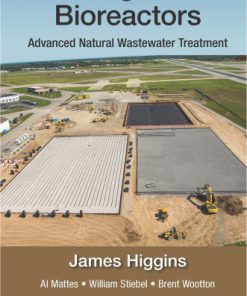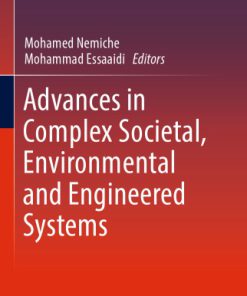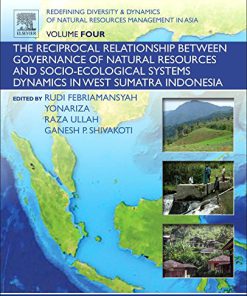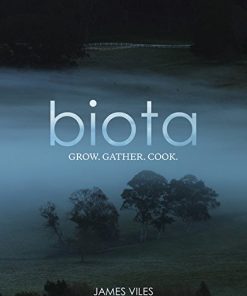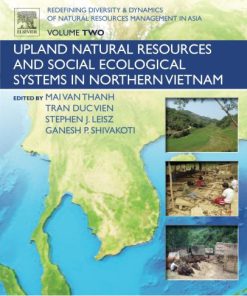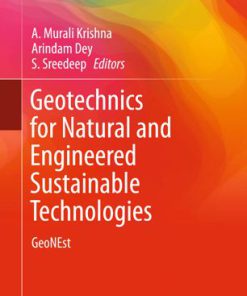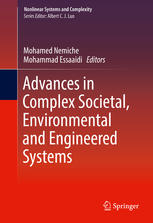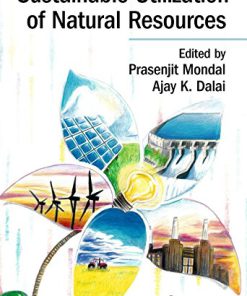Bioethanol and Natural Resources Substrates Chemistry and Engineered Systems 1st Edition by Ruben Michael Ceballos 1351650335 9781351650335
$50.00 Original price was: $50.00.$25.00Current price is: $25.00.
Bioethanol and Natural Resources: Substrates, Chemistry and Engineered Systems 1st Edition by Ruben Michael Ceballos – Ebook PDF Instant Download/Delivery: 1351650335, 9781351650335
Full download Bioethanol and Natural Resources: Substrates, Chemistry and Engineered Systems 1st Edition after payment
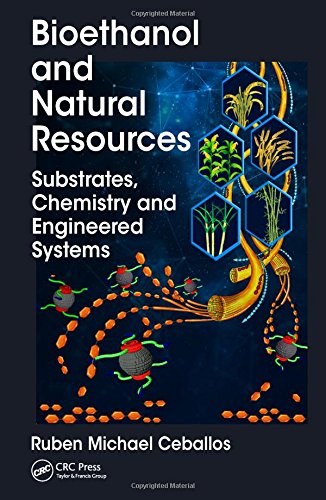
Product details:
ISBN 10: 1351650335
ISBN 13: 9781351650335
Author: Ruben Michael Ceballos
Bioethanol and Natural Resources: Substrates, Chemistry and Engineered Systems provides a comprehensive review of feedstocks, physiochemical and biological pretreatments, molecular substrates, cellulolytic and ligninolytic enzymes, and advanced technologies for producing bioethanol. Although this book provides a review of first-generation bioethanol feedstocks, chemistry, and processes, there is an emphasis on second-generation “cellulosic” ethanol production. With rapid advances in biofuels technologies and the continued global dependency on unsustainable extraction of fossil fuels, this text is timely. Although it is intended to be used as a supplemental text for advanced undergraduate or graduate level courses, the book is accessible to a non-academic audience. This book provides a unique opportunity to understand bioethanol production from the basic concepts and processes to the most cutting-edge technologies under development.
Bioethanol and Natural Resources: Substrates, Chemistry and Engineered Systems 1st table of contents:
Chapter 1 Molecular substrates of ethanol feedstocks
1.1 Starch and sucrose
1.1.1 Starch
1.1.2 Sucrose
1.2 Cellulosic substrates
1.2.1 Cellulose
1.2.2 Hemicellulose
1.2.3 Lignin
1.2.4 Pectin
1.2.5 Cross-linking: Hemicellulose
1.2.6 Cross-linking: Lignin
1.2.7 Cross-linking: Pectin
1.3 Summary: Molecular substrates
Chapter 2 First-generation biofuel and second-generation biofuel feedstocks: Biofuel potential and processing
2.1 Corn and sugarcane
2.1.1 Corn
2.1.2 Sugarcane
2.2 Lignocellulosic biomass
2.2.1 Corn stover
2.2.2 Bagasse
2.2.3 Crop straw
2.2.4 Grasses (perennial energy crops)
2.2.5 Bamboo
2.2.6 Woody energy crops and forestry waste
2.2.7 Municipal waste
2.2.8 Cellulosic feedstock: A prospectus
2.3 Feedstock pretreatments
2.3.1 Traditional pretreatments for lignocellulosic biomass
2.3.1.1 Physical pretreatments
2.3.1.2 Chemical pretreatments
2.3.1.3 Physicochemical pretreatments
2.3.1.4 Biological pretreatments
2.3.2 Advanced pretreatments for lignocellulosic biomass
2.3.2.1 Acid-mediated fractionation
2.3.2.2 Ionic liquid-based fractionation
2.4 Summary: Feedstocks and processing
Chapter 3 Natural enzymes used to convert feedstock to substrate
3.1 Mode of action of primary lignocellulolytic enzymes
3.1.1 Cellulases
3.1.1.1 Carbohydrases
3.1.1.2 Oxidoreductive cellulases
3.1.1.3 Phosphorylases
3.1.2 Hemicellulases
3.1.2.1 Xylan-degrading enzymes
3.1.2.2 Accessory enzymes
3.1.3 Ligninolytic enzymes
3.1.3.1 Peroxidases
3.1.3.2 Laccases
3.1.3.3 Accessory enzymes and mediators
3.1.4 Pectinolytic enzymes (Pectinases)
3.1.4.1 Main pectinases
3.1.4.2 Other pectinases
3.2 Natural cellulosomes
3.2.1 Cellulosome structure
3.2.2 Biological functions of cellulosomes
3.2.3 Cellulosome of Clostridium thermocellum
3.2.4 Lignocellulolytic system of Trichoderma reesei
3.3 Summary: Natural enzymes
Acknowledgment
Chapter 4 Engineered enzymes and enzyme systems
4.1 Bioprospecting and metagenomics
4.2 Enzyme engineering
4.2.1 Rational design
4.2.2 Directed evolution
4.2.3 Enzyme engineering and biofuels
4.2.4 New technologies for enzyme-mediated lignocellulose deconstruction
4.2.4.1 Artificial cellulosomes
4.2.4.2 Immobilization platforms
4.2.4.3 Mobile enzyme platforms
4.2.4.4 Future directions
4.3 Summary: Enzyme engineering
Chapter 5 Conclusion
Literature cited
People also search for Bioethanol and Natural Resources: Substrates, Chemistry and Engineered Systems 1st:
is ethanol a natural resource
bioethanol companies
bioethanol vs biodiesel
biofuel natural resource
biofuels and ethanol
Tags: Bioethanol, Natural Resources, Substrates, Chemistry, Engineered Systems, Ruben Michael Ceballos
You may also like…
Computers - Computer Science
Cookbooks
Business & Economics - Mathematical Economics
Computers - Computer Science




